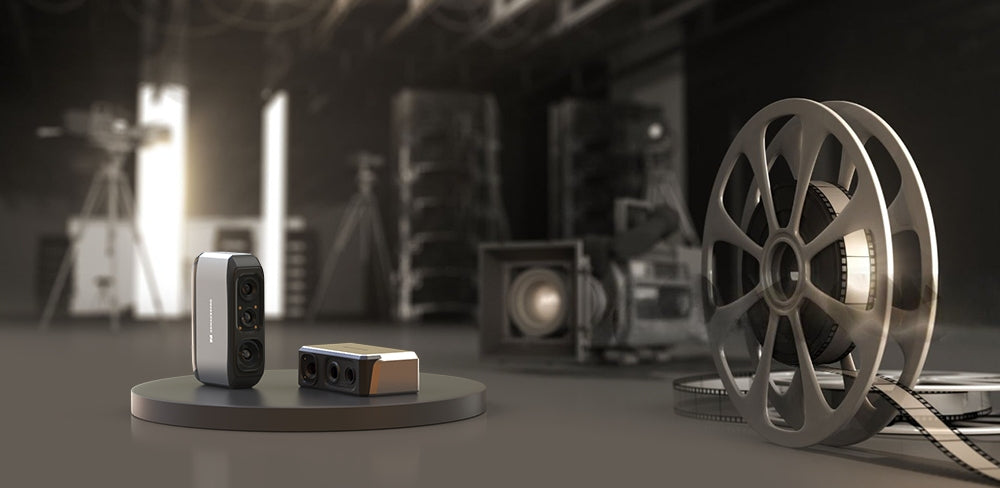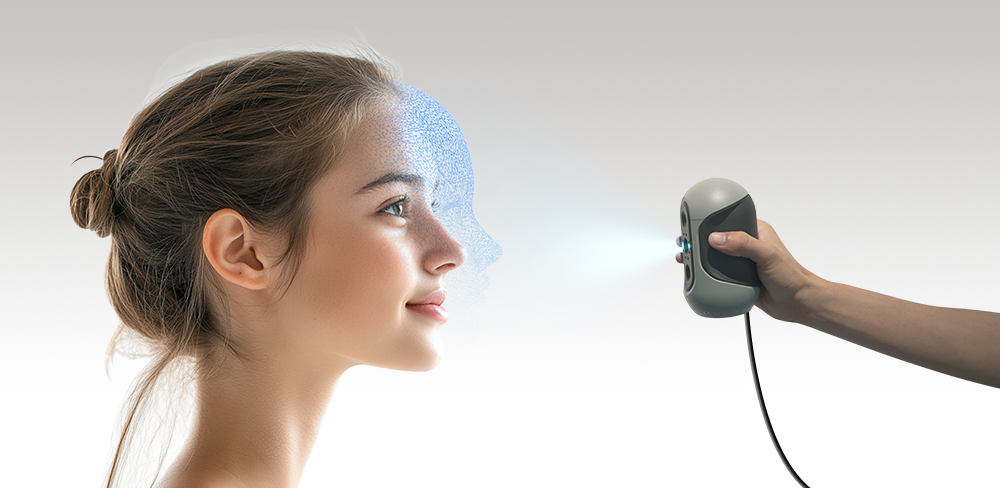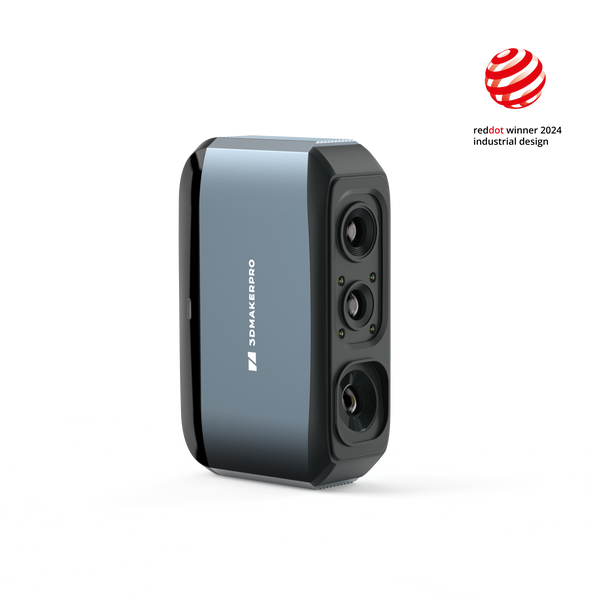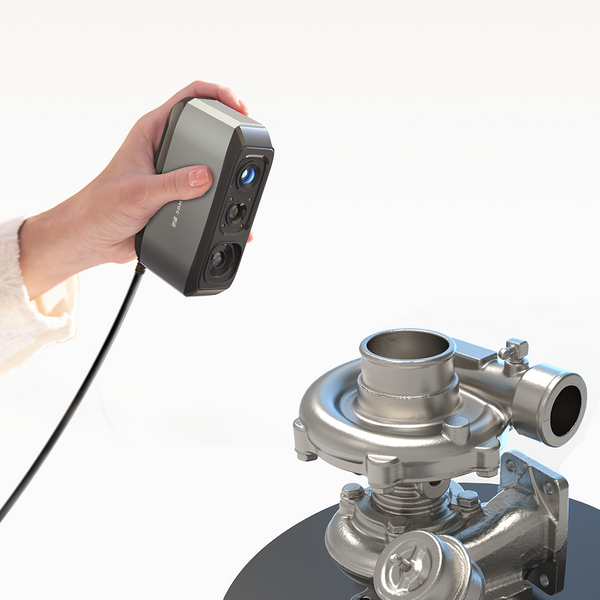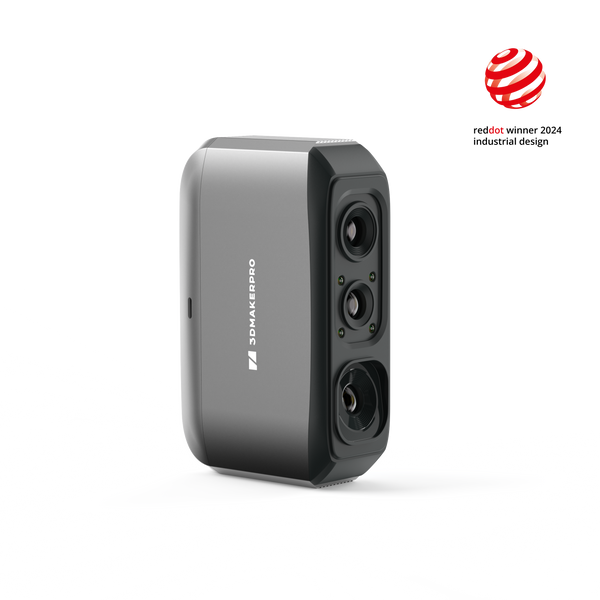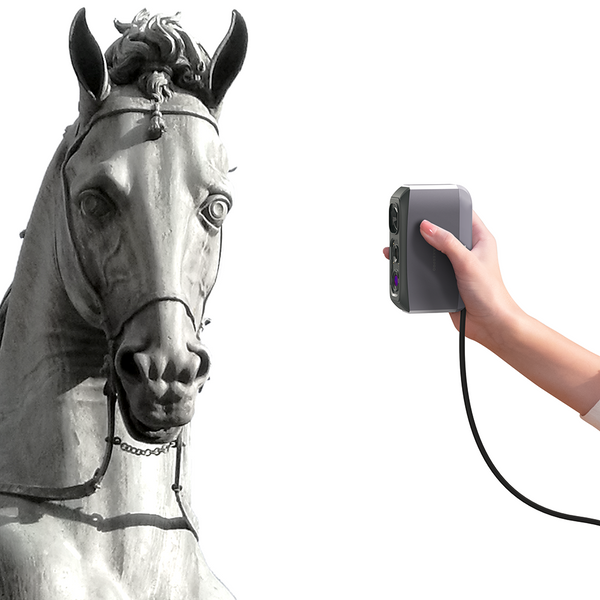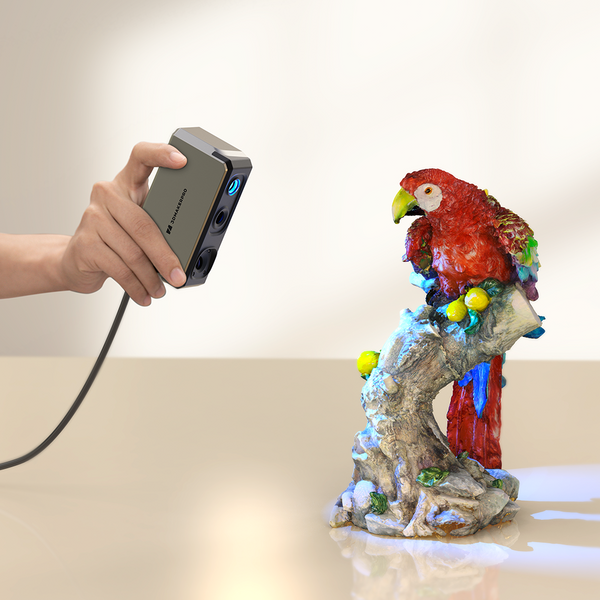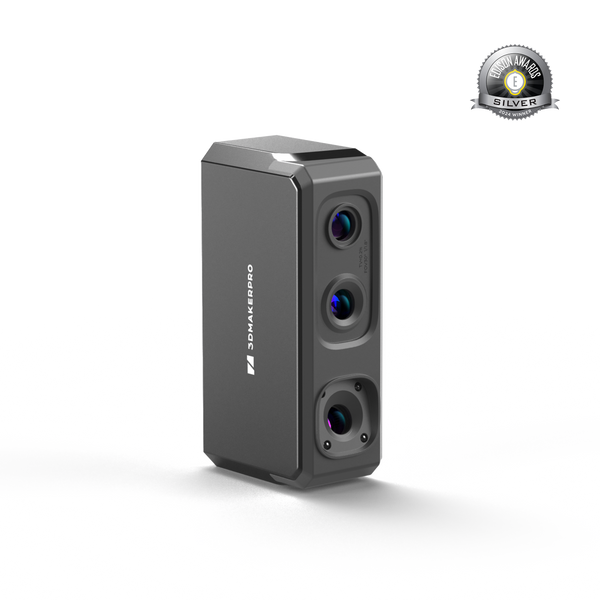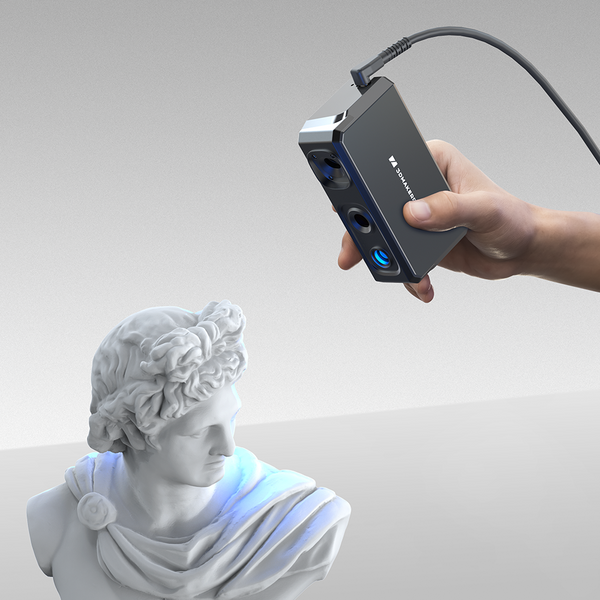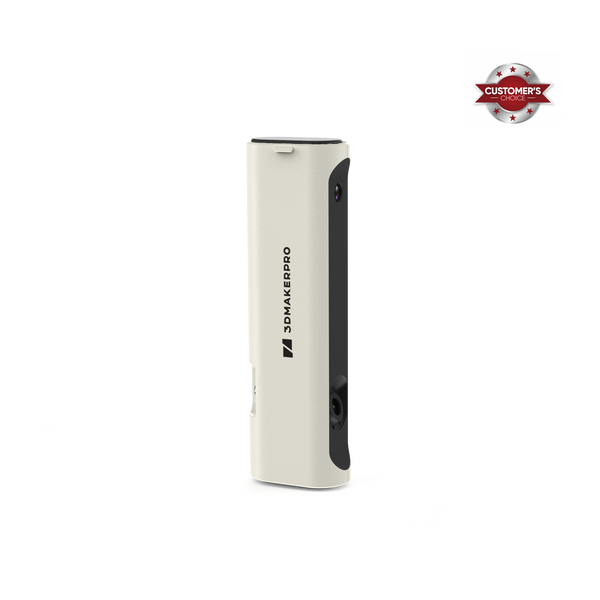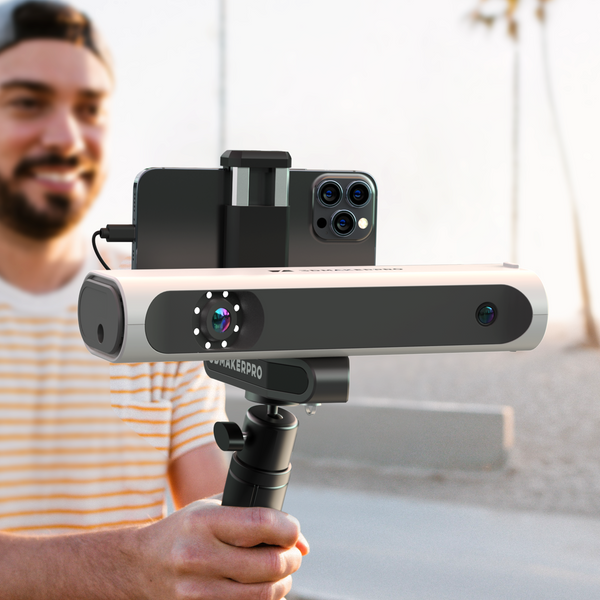Forensic science, also known as criminology, applies scientific principles and methods to support legal decisions in criminal and civil law. It plays a significant role in criminal investigation, often involving DNA, fingerprints, blood spatter patterns, firearms, ballistics, toxicology, microscopy, and fire debris analysis. Some forensic scientists go to the crime scene to collect evidence, while others work in a laboratory. They may be employed as consultants in private industry or academia or as government employees.
However, Forensic science has continued to face many difficulties. Here are several points.
a) Crime scene documentation:
Evidence collection is time-consuming and laborious. Traditional methods, such as photographs and sketches, can be subjective and may not capture all relevant details. Inaccurate or incomplete documentation can hinder investigations, making it difficult to reconstruct events or understand the context of evidence presented in court. This limitation underscores the need for more advanced and reliable documentation techniques that provide a comprehensive view of the crime scene.

b) Evidence preservation:
Properly collecting, storing, and handling physical evidence is crucial to maintaining its integrity. Contamination or degradation can occur due to environmental factors or improper procedures, potentially leading to wrongful convictions or the dismissal of cases. Ensuring evidence remains in its original state requires strict protocols and ongoing training for forensic professionals.

c) Data management:
The increasing volume of digital and traditional evidence requires effective management and analysis tools. The rise of digital evidence, including videos, emails, and social media interactions, has exponentially increased the volume of data that forensic teams must analyze. Many forensic laboratories struggle with outdated systems or lack the necessary resources to manage this influx efficiently. This can lead to delays in investigations and the potential loss of critical evidence, ultimately impacting the administration of justice.
d) Expert testimony:
Forensic experts need to clearly communicate complex findings to juries in an easily understandable manner. The communication of forensic findings to non-expert audiences, particularly juries, is a persistent challenge. Forensic experts often need to explain complex scientific concepts in clear and accessible terms. Miscommunication can result in misunderstandings that affect jurors’ perceptions of the evidence, potentially influencing the outcome of trials. Therefore, improving the ability of forensic professionals to convey their findings effectively is essential for ensuring that justice is served.

Finally, science is constantly advancing, and criminals are also gradually perfecting their modus operandi. This means that forensic science must also continue to improve and update its technology to more accurately reveal the truth in a case. Let's use the 3DMakerpro Whale and Seal 3D scanners to see how 3D scanning technology can help forensic science!
Whale scanner
Whale scanner, a dual scanner, all-in-one, has a large scanning range of 530×370mm (wide-core) and 200×100mm (micro-core). It can easily scan the black object and work in the dark scene, which is a difficult task for most scanners. Besides, it has 0.05mm accuracy and 0.2mm high resolution, capturing and restoring evidence and the crime scene to the greatest extent possible. Please remember that the scanning data is a digital model, which means forensic personnel could save them permanently. This will facilitate cross-provincial and even cross-border case handling, as forensic doctors can share this evidence model online. Evidence storage will be more flexible.
Seal scanner
Seal scanner typically scans 10-300mm object sizes, with intelligent blue light. It can capture small objects’ texture by its 0.01mm accuracy and 0.05mm resolution. What’s more, it supports color texture, so forensic personnel can collect detailed evidence. Last, the scanning model supports export to CAD model and realizes reverse engineering. Printing these models out can be used as teaching material for forensic science students or as evidence for the public in court.
While 3D scanning technology offers significant advantages for forensic applications, several challenges remain:
1.Time Efficiency: Rapid collection of on-site evidence is crucial, as delays can lead to damage or deterioration. For those new to 3D scanning, the process can be time-consuming.
2.Training Requirements: Forensic professionals may need to undergo introductory training on 3D scanners, adding to their workload and potentially creating additional pressure.
3.Data Processing: Handling scanned data can be complex. Forensic experts must often remove noise and extraneous elements and align multiple scans, which can be time-intensive.
Despite these challenges, solutions abound. Forensic scientists must embrace technological advancements to enhance their work. Brands like 3DMakerpro provide detailed tutorials and support from specialists, along with user-friendly scanners designed to ease the transition into 3D technology.
Technology has reshaped our lives, and it is essential to leverage these tools effectively while investing the necessary effort. The benefits of adopting 3D scanning in forensics will undoubtedly outweigh the costs. We believe that 3D scanners will yield significant advancements in the field of forensics, ultimately aiding in the pursuit of truth.





